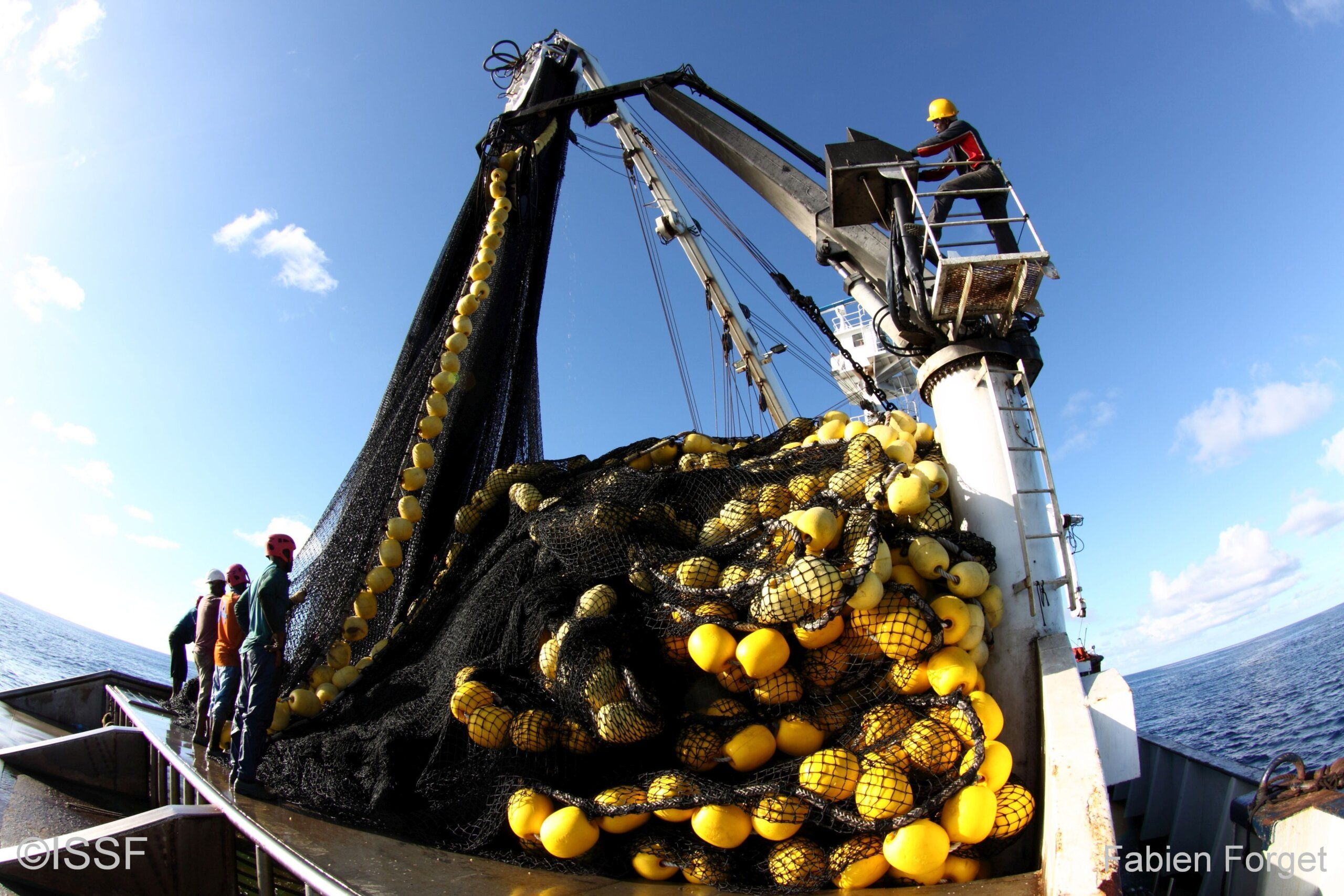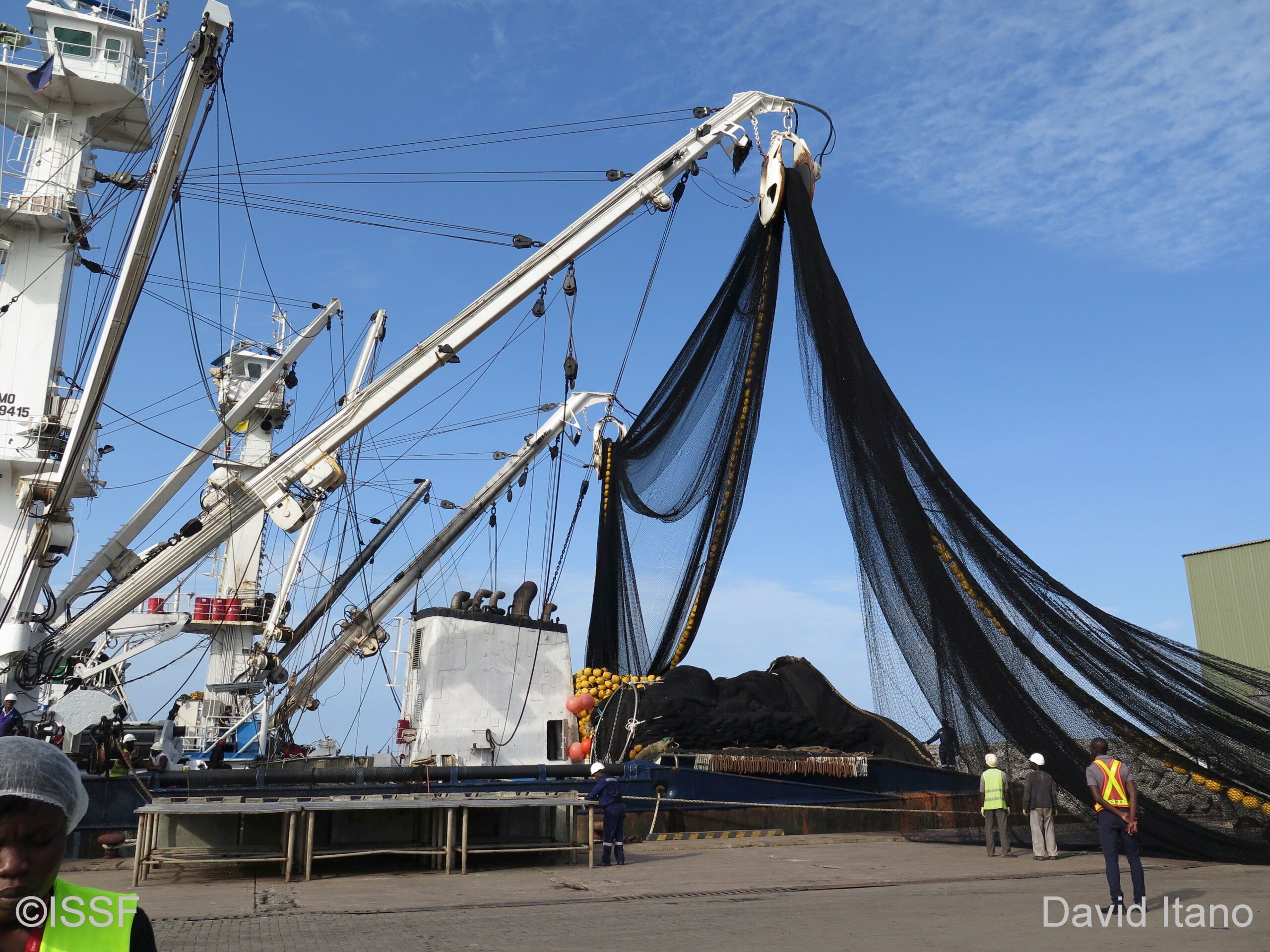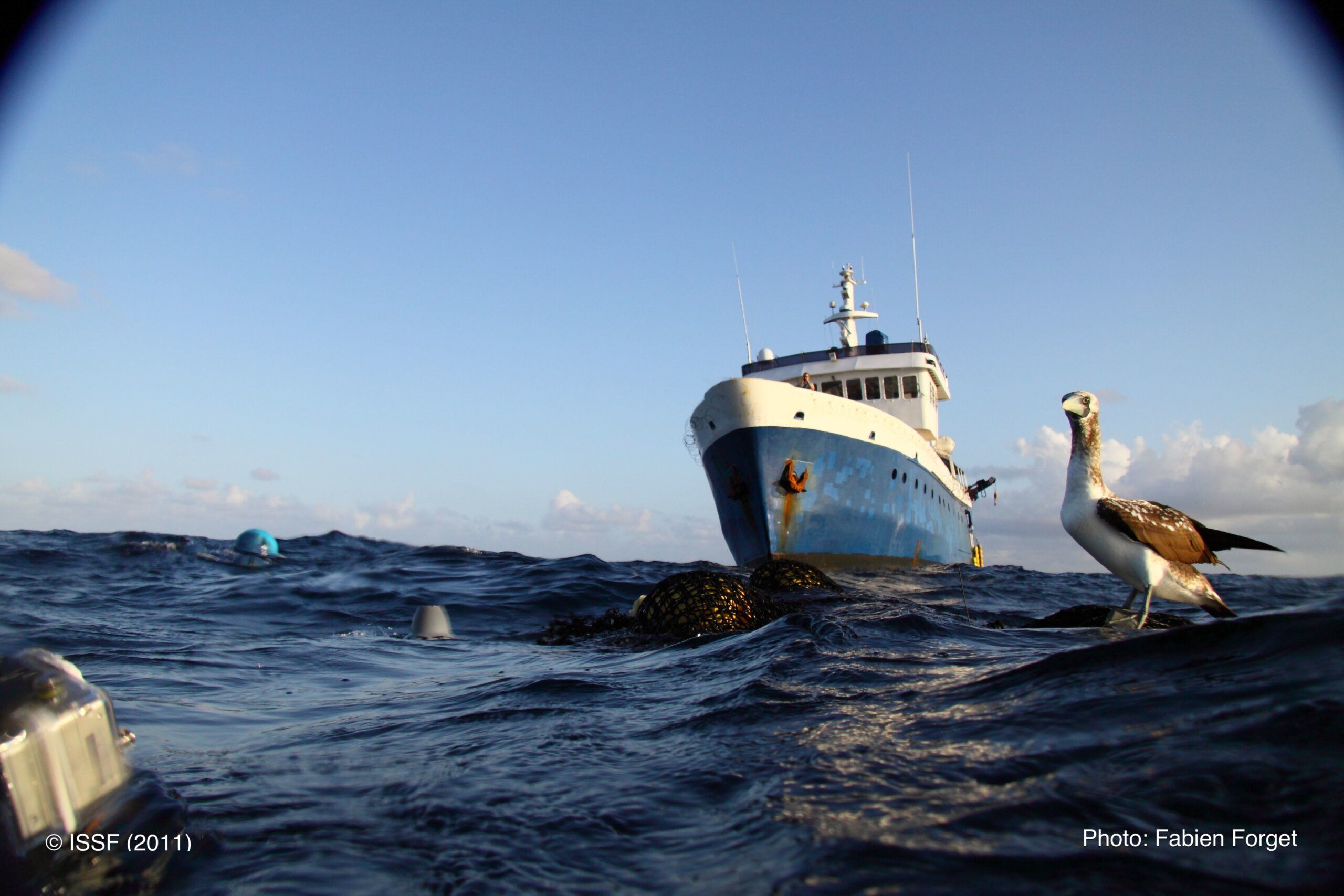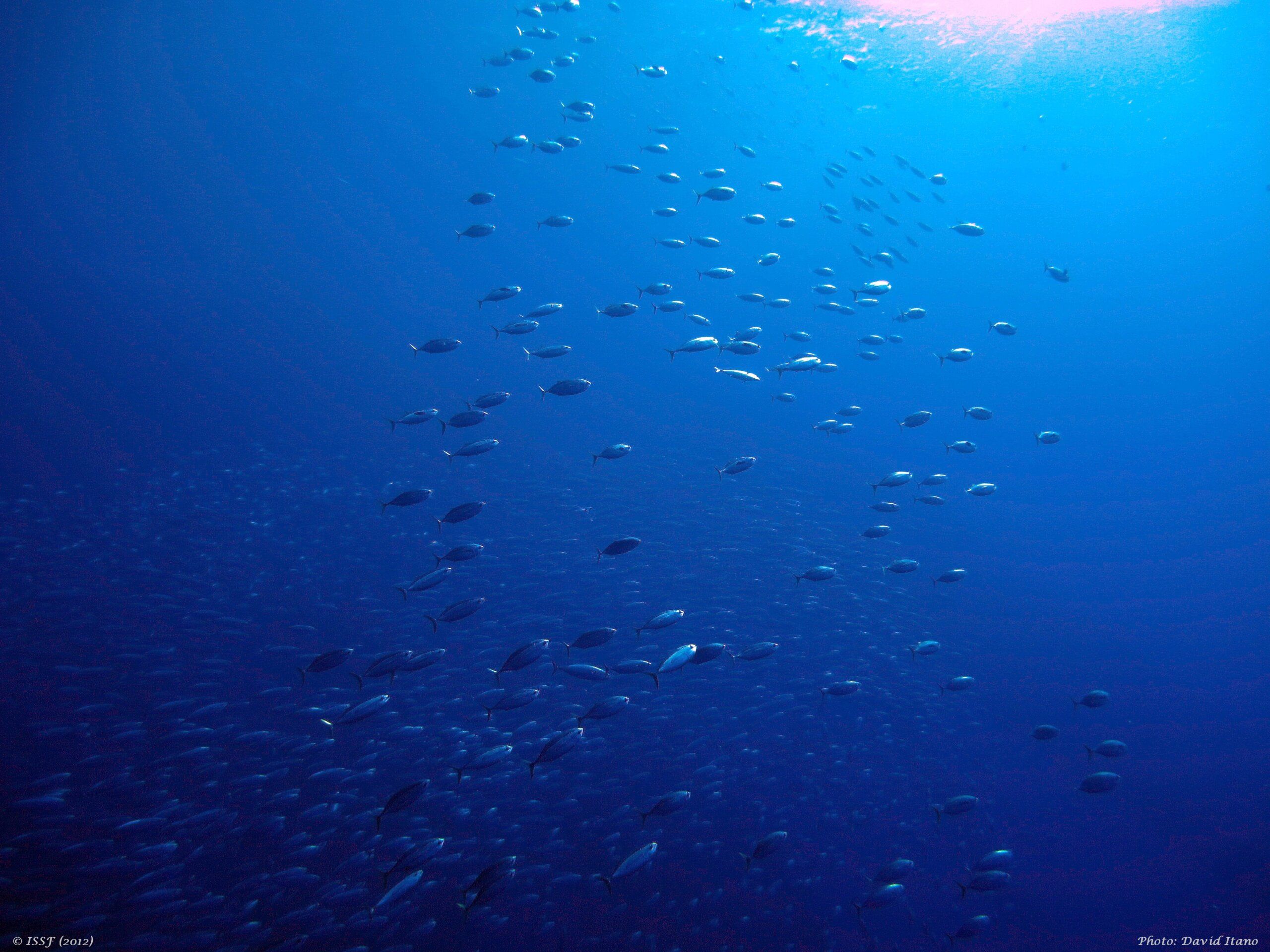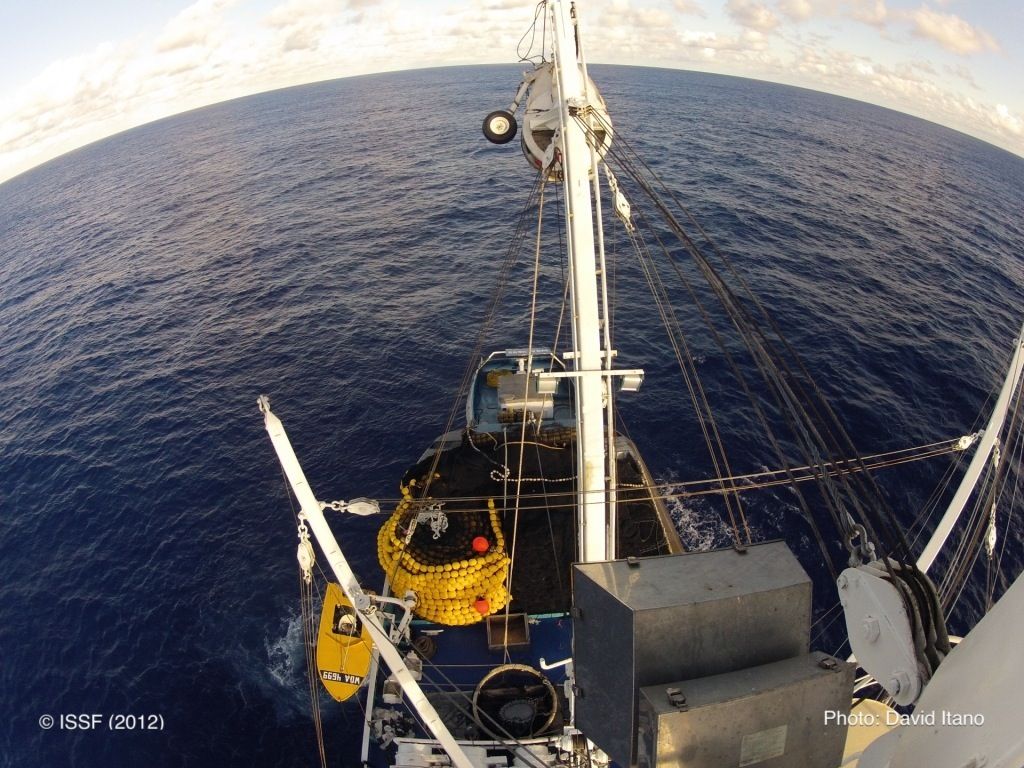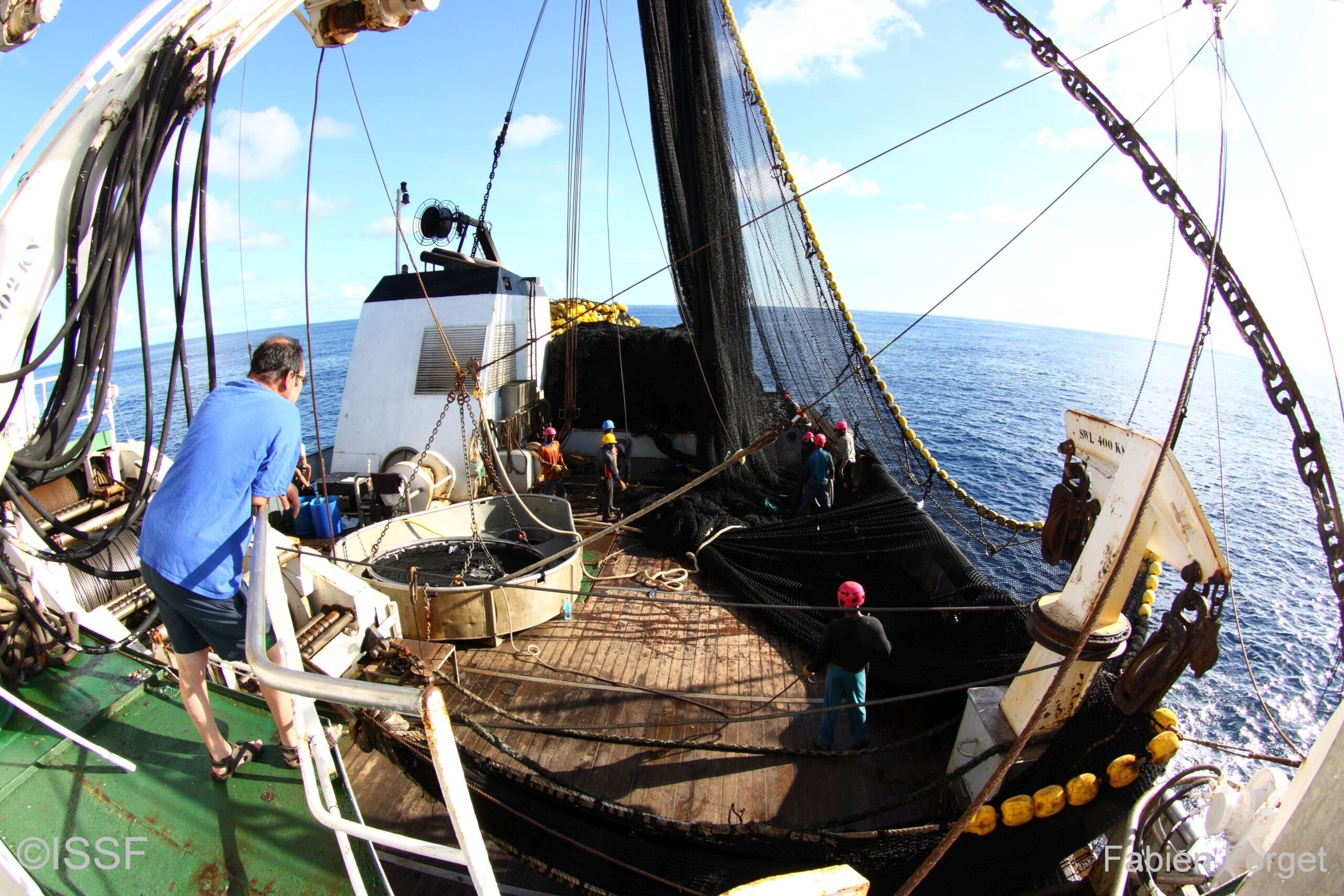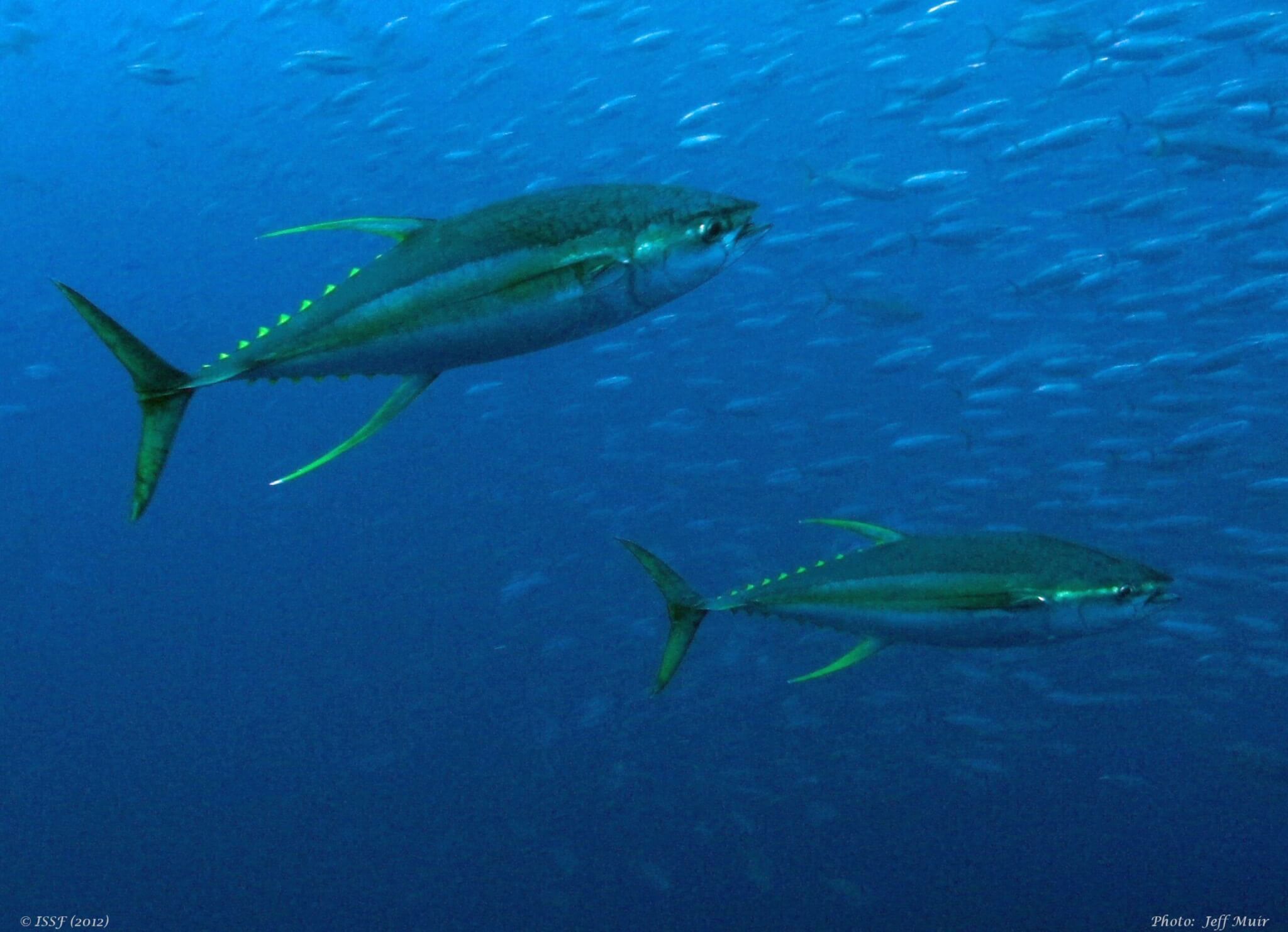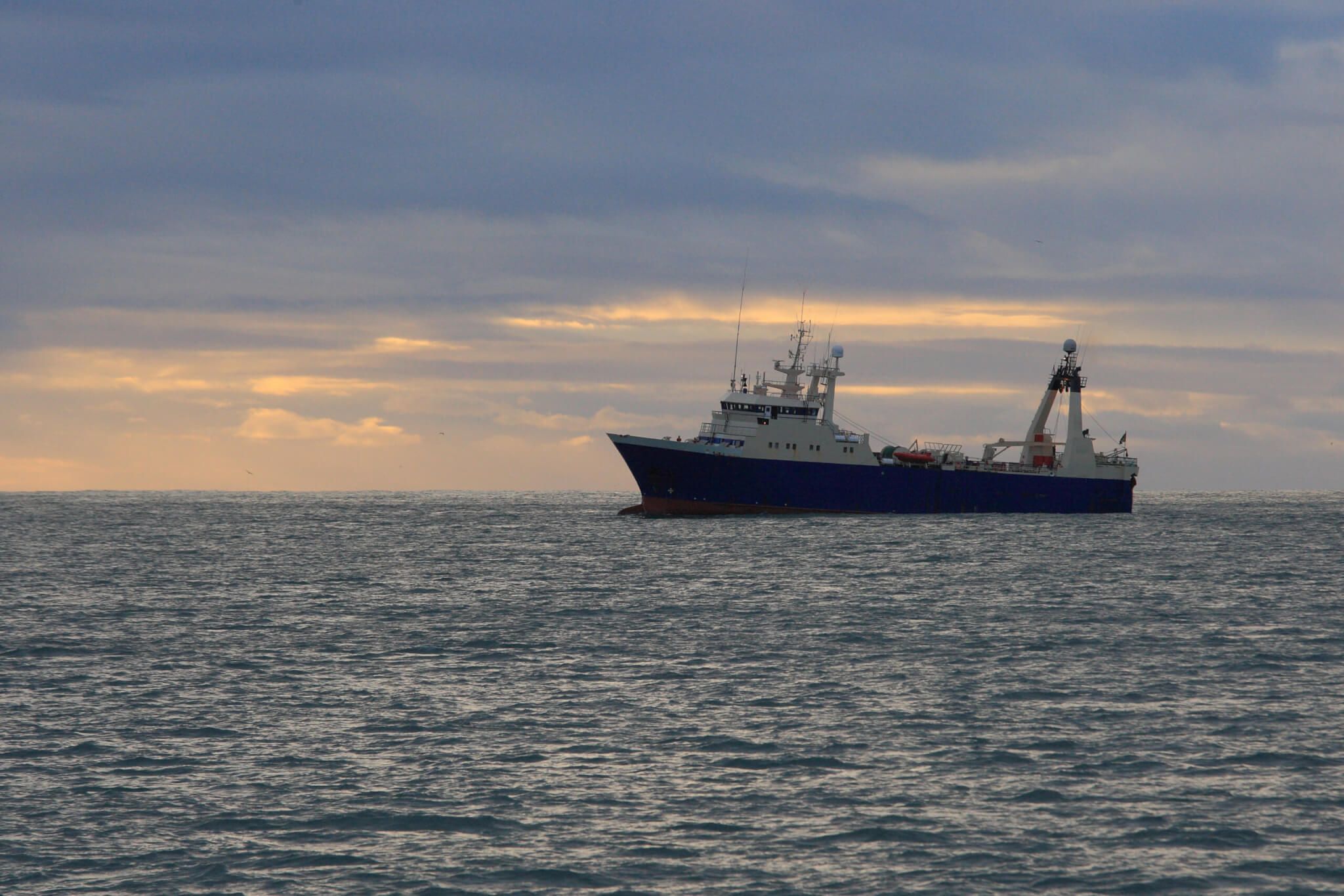ISSA Membership = Smart Seafood Strategy | Support science-based conservation and stay competitive
Featured News
Benefits of ISSA Membership for Seafood Companies
When seafood companies join the International Seafood Sustainability Association (ISSA), they are doing more than supporting tuna and ocean conservation. They are also investing strategically in the resilience, reputation, and long-term success of their business.
For tuna processors, traders, and marketers of any size, ISSA membership can help them to stay competitive, meet customer demands, and secure their place in a future-facing tuna industry. ISSA is a non-profit trade association that powers ISSF. All ISSA members are also ISSF participating companies.
Together, ISSA and ISSF deliver unmatched expertise, practical tools, and a network of like-minded businesses, scientists and environmental NGOs working to improve the long-term health of global tuna fisheries
Reasons to Join ISSA
In the coming weeks, we will focus on other business advantages of ISSA membership. This week’s highlight: Protect and Future-Proof Your Supply Chain
- Support science-based conservation measures that safeguard tuna stock and thereby de-risk your company’s capital infrastructure.
- Align with ISSF initiatives that help to secure a stable, responsible seafood supply — enhancing your company’s attractiveness to customers, financial institutions, and investors.
If you’re already an ISSF participating company, vessel, retailer, or consultant focused on sustainable tuna, encourage your seafood partners to explore the value of affordable ISSA membership.
ICYMI
ISSF Annual Compliance Report Highlights Industry Progress in Tuna Sustainability and New Conservation Requirements
Report shows 99.6% conformance by participating companies with 33 ISSF conservation measures and 77.5% conformance by PVR-listed vessels with 12 measures
ISSF published its latest ISSF Annual Conservation Measures & ProActive Vessel Register Compliance Report, showcasing the continued commitment of participating companies to sustainable tuna fisheries and responsible supply chains.
For the 2024 audit period, the 24 ISSF participating companies achieved a 99.6% conformance rate across 33 ISSF conservation measures. The report also presents the first audited results for Conservation Measure (CM) 2.5 – Transparency in Reporting Progress Against ISSF’s Five-Year Goal and for the reduction in sourcing Indian Ocean yellowfin tuna, newly in effect under CM 1.3 – IOTC Yellowfin Tuna Rebuilding. In addition, it summarizes the aggregate compliance of vessels on the ProActive Vessel Register (PVR) with ISSF measures applicable to vessel operations.
Featured Resource
ISSF Expands Tuna Vessel Best Practices Tracked in VOSI Transparency Tool
ISSF released a fully redesigned version of its Vessels in Other Sustainability Initiatives (VOSI) tool — a global transparency resource that enables seafood supply chain stakeholders to assess tuna vessel participation in MSC-certified fisheries, fishery improvement projects (FIPs), and other best-practice sustainability initiatives.
The redesigned VOSI expands the number of vessel best practices it tracks to reflect the latest science and evolving industry standards. New criteria now verify whether vessels are adopting measures to reduce bycatch of vulnerable species like sharks and sea turtles, such as:
- Use of circle hooks and finfish bait
- Use of monofilament branch lines
- Landing sharks with fins naturally attached
- Avoiding the use of shark lines
The enhanced tool continues to report on other practices, from non-entangling and biodegradable FAD use to electronic monitoring and MSC Improvement Program participation. All listed commitments are independently verified by MRAG Americas, ensuring that vessel-reported actions are both credible and transparent. In addition, a new intuitive interface makes it easier for users to filter vessels by sustainability practices, vessel flag, or identifier. Quick links to ProActive Vessel Register (PVR) data and exportable vessel profiles help create a seamless user experience.
Explore the redesigned tool: https://www.iss-foundation.org/vessel-and-company-commitments/vessels-in-other-sustainability-initiatives-vosi/vosi-tool/
Vessel owners interested in applying: Apply to VOSI
